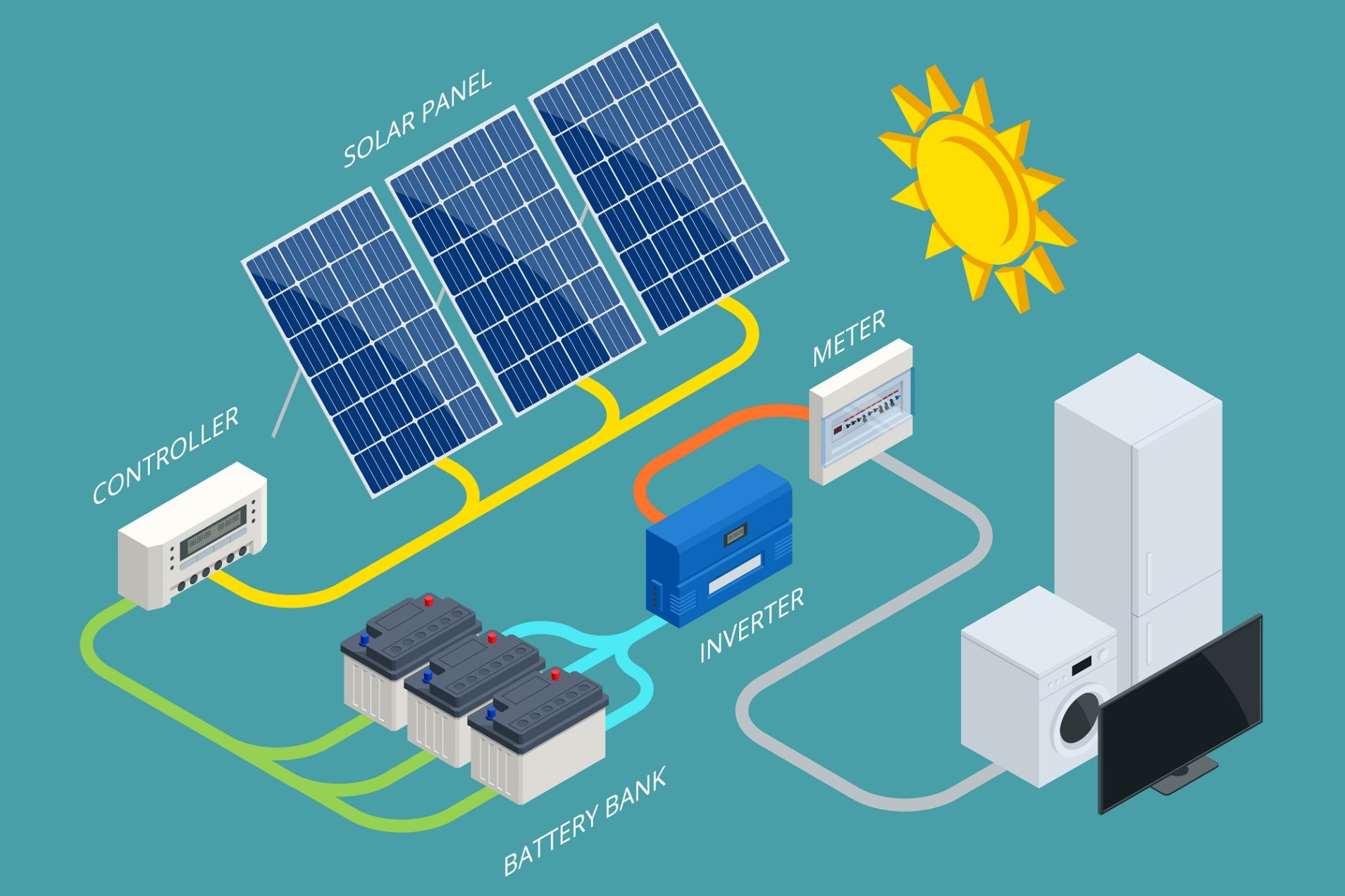Solar Energy Harvest: Harnessing the Power of the Sun
Solar energy has emerged as a key renewable resource in the global quest for sustainable and clean energy solutions. This study provides an in-depth analysis of solar energy harvesting, focusing on the technologies, applications, and environmental benefits. It explores the history of solar energy, the functioning of solar photovoltaic (PV) systems, solar thermal technologies, and their integration into various sectors. Additionally, the study examines the challenges and future prospects of solar energy harvest, emphasizing its role in combating climate change and meeting global energy demands.
1.Introduction:
1.1 Background and significance:
- Provides an overview of the increasing global demand for sustainable and clean energy solutions.
- Highlights the significance of solar energy as a renewable resource in addressing climate change and energy security.
1.2 Objectives of the study:
- Outlines the aims of the research, which include analyzing solar energy harvesting technologies, applications, and environmental benefits.
- Identifies the challenges and future prospects of solar energy harvest.
1.3 Methodology:
- Describes the research approach and methods used, such as literature review, data analysis, and case studies.
2.Solar Energy: An Overview:
- Discusses the abundant nature of solar energy and its historical development as a viable energy source.
- Highlights the global potential of solar energy and its role in mitigating climate change.

3.Solar Photovoltaic (PV) Systems:
- Explains the principles of solar photovoltaic technology, including the conversion of sunlight into electricity.
- Discusses the components and functioning of solar PV systems, including photovoltaic cells, modules, and inverters.
- Differentiates between grid-connected and off-grid solar PV systems.
- Highlights advancements in PV technology and improvements in efficiency.

4.Solar Thermal Technologies:
- Explores solar thermal technologies, including solar water heating systems and concentrated solar power (CSP).
- Discusses the functioning and applications of solar thermal collectors.
- Covers solar thermal storage and hybrid systems, along with the advantages and challenges associated with these technologies.

5.Applications of Solar Energy Harvest:
- Examines the diverse applications of solar energy in sectors such as residential and commercial buildings, industrial processes, agriculture, transportation, and remote off-grid systems.
- Discusses the benefits of integrating solar energy into these sectors, including reduced reliance on fossil fuels and greenhouse gas emissions.
6.Environmental Benefits and Sustainability:
- Explores the environmental advantages of solar energy, such as reduced greenhouse gas emissions and improved air and water quality.
- Discusses the contribution of solar energy to energy independence, security, and sustainable development goals.
- Highlights the conservation of natural resources achieved through solar energy harvest.
7.Economic Considerations and Market Trends:
- Analyzes the cost of solar energy systems and discusses the factors influencing their affordability.
- Examines solar energy policies, incentives, and subsidies.
- Explores market growth, investment trends, job creation, and economic opportunities in the solar energy sector.
- Discusses the role of technological advancements in reducing the cost of solar energy systems.
8.Challenges and Mitigation Strategies:
- Identifies challenges associated with solar energy, such as intermittency, grid integration, land requirements, and end-of-life management.
- Discusses strategies and technological advancements aimed at mitigating these challenges.
- Highlights the importance of research and development to improve the efficiency of solar energy systems.
9.Future Prospects and Emerging Technologies:
- Explores emerging technologies and innovations in the field of solar energy, such as floating solar farms, perovskite solar cells, solar energy in space, solar energy for hydrogen production, and integration with smart grids and IoT.
- Discusses the potential of these technologies to drive further development and expansion of solar energy harvest.
10.Case Studies: Successful Solar Energy Projects:
- Examines case studies of successful solar energy projects from different regions, including Germany's Energiewende, solar energy adoption in India, solar power initiatives in California, and solar energy projects in African countries and island communities.
- Discusses the impact of these projects on energy generation, greenhouse gas emissions, and local economies.
11.Conclusion:
11.1 Summary of findings:
- Summarizes the key findings and insights from the study, highlighting the potential and benefits of solar energy harvest.
11.2 Role of solar energy harvest in the renewable energy landscape:
- Emphasizes the significant role of solar energy in addressing climate change, achieving energy security, and promoting sustainable development.
11.3 Potential for further development and expansion:
- Discusses the potential for future advancements in solar energy technology and the need for continued research and policy support.
This study provides a comprehensive analysis of solar energy harvest, exploring the technologies, applications, and environmental benefits. It emphasizes the role of solar photovoltaic systems and solar thermal technologies in various sectors. Additionally, it discusses the economic, environmental, and sustainability aspects of solar energy, along with the challenges and future prospects. By understanding the potential and limitations of solar energy harvest, policymakers, investors, and researchers can work towards harnessing the power of the sun to build a cleaner and more sustainable future.






















































